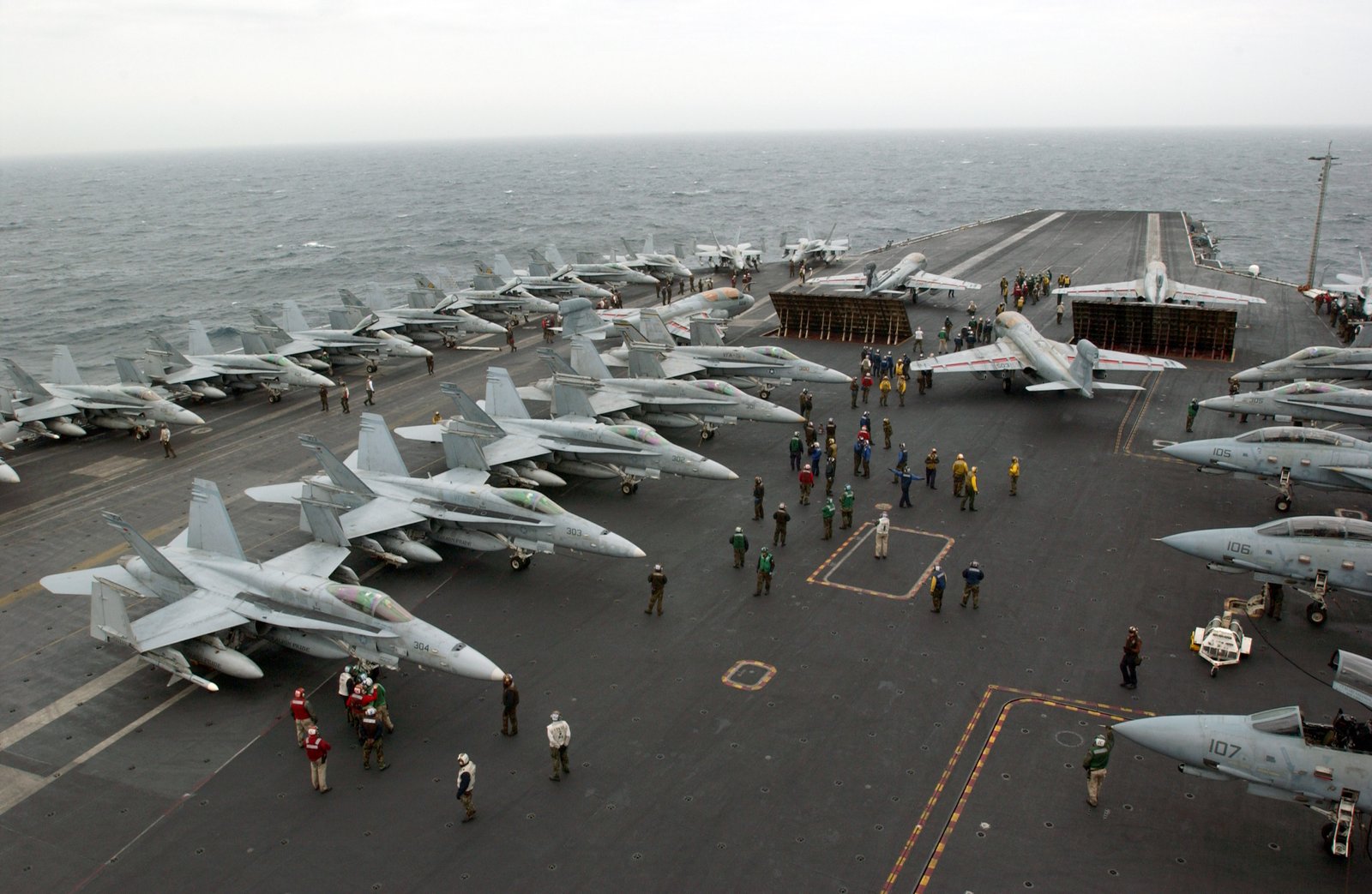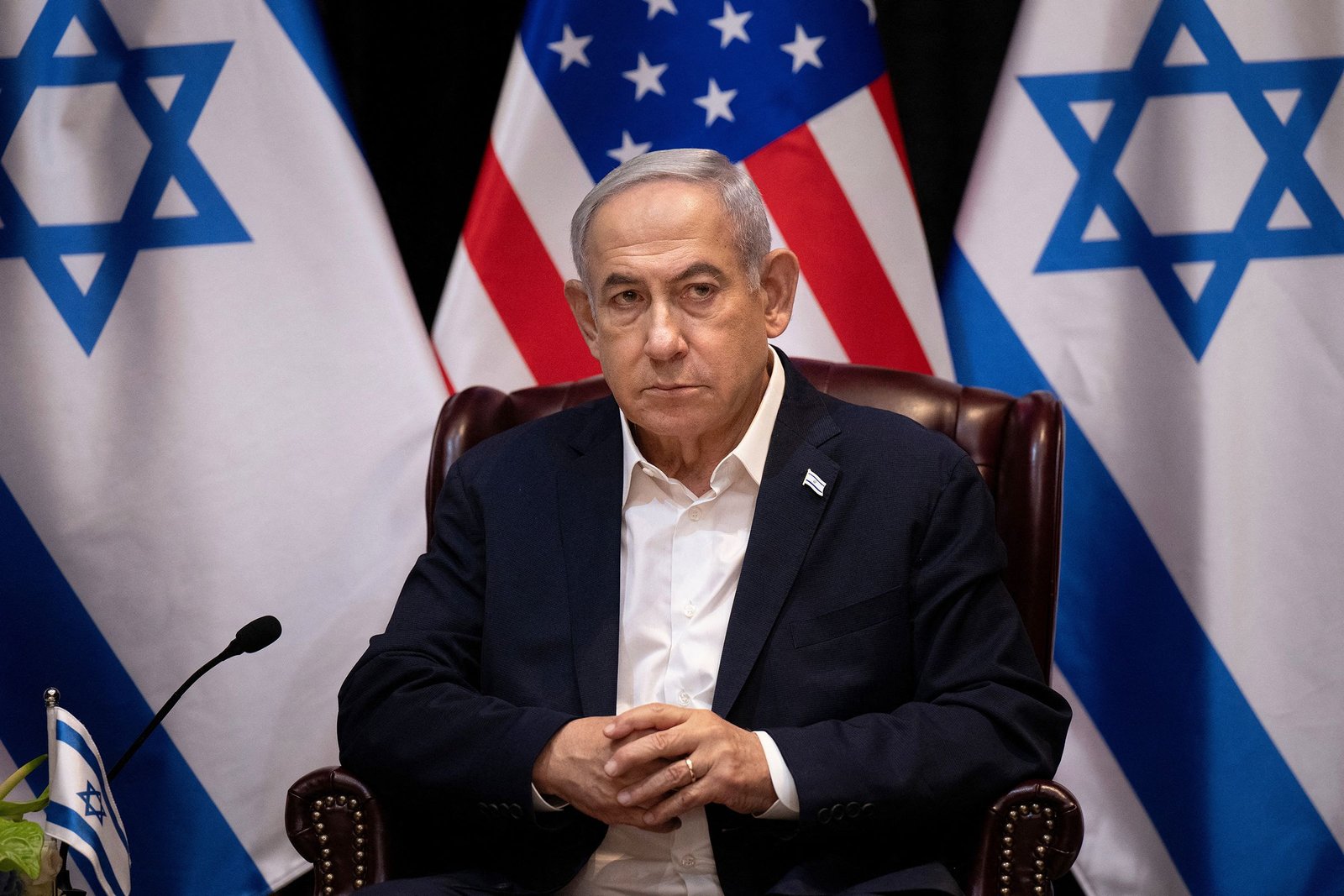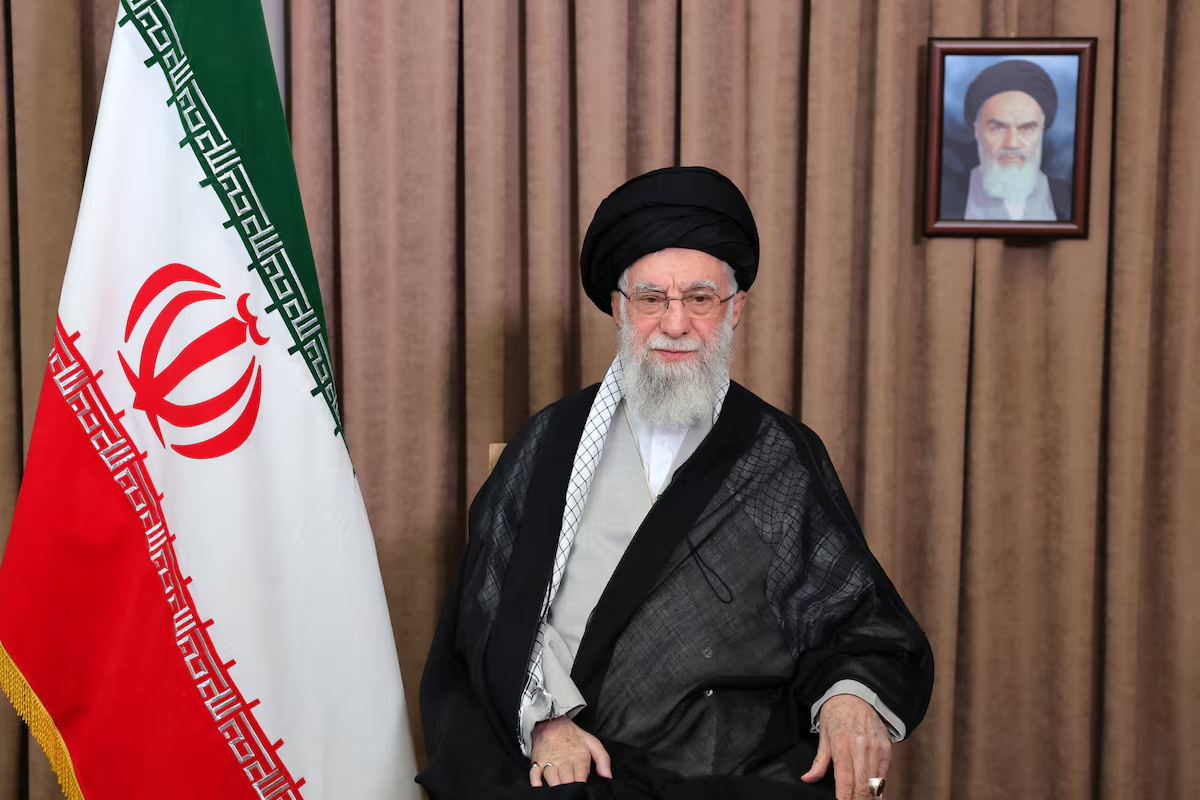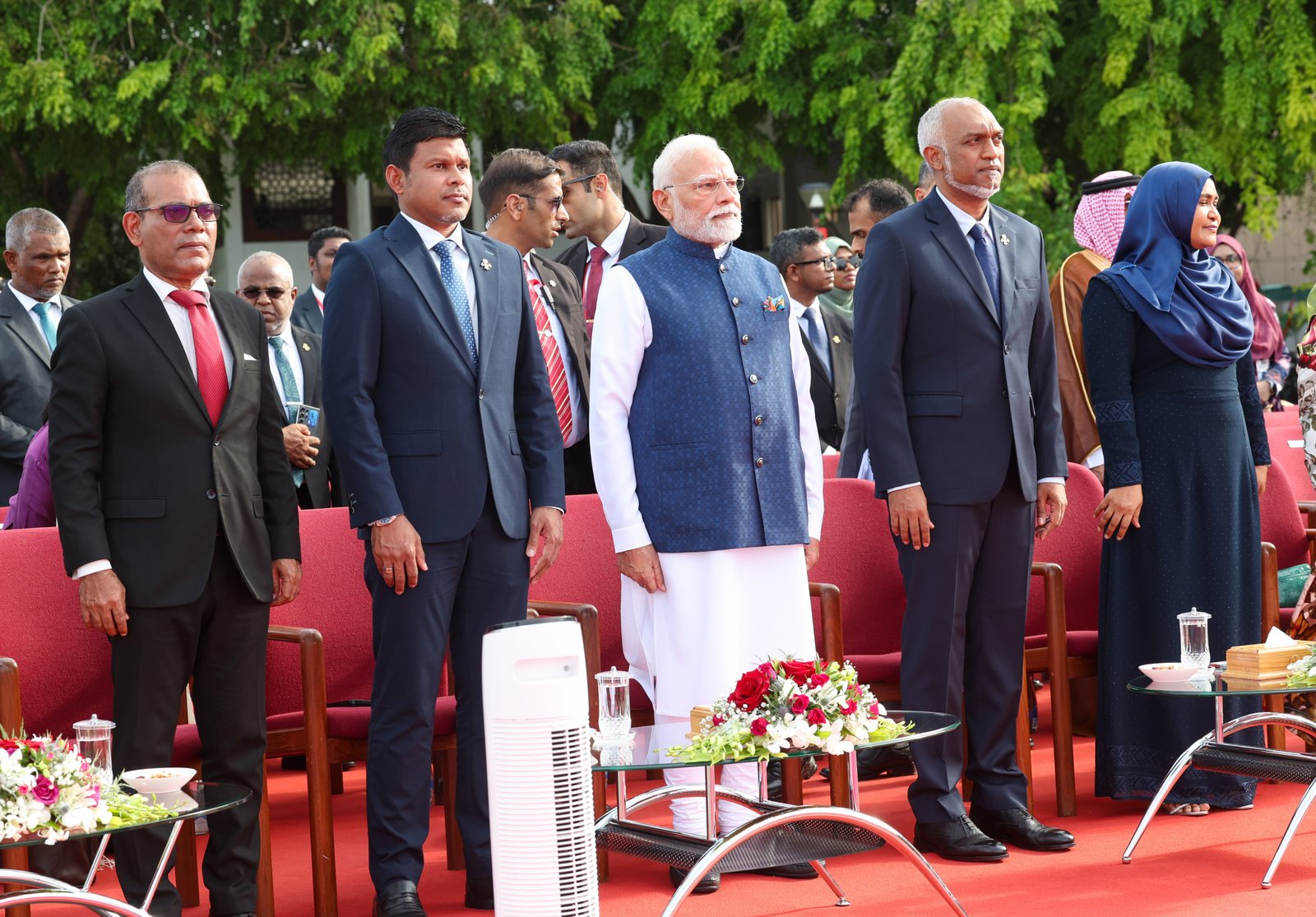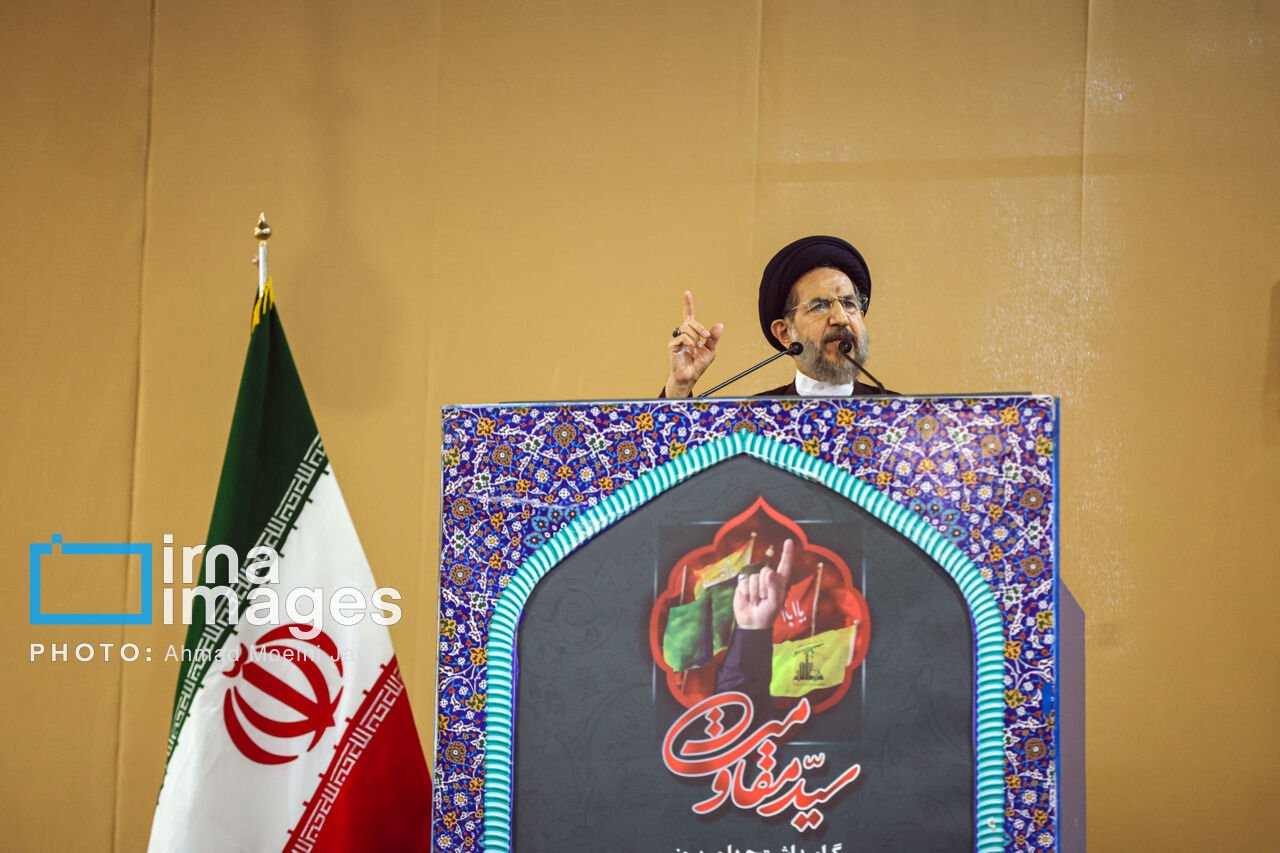As Iran-Israel conflict intensifies, U.S. deploys second aircraft carrier to the Middle East
— As the Iran-Israel conflict escalates to increasingly dangerous levels, the United States is reinforcing its military presence in the Middle East. In its latest move, the U.S. has urgently redirected one of its largest and oldest nuclear-powered aircraft carriers, USS Nimitz, from the South China Sea to the Middle East.
As Iran-Israel conflict intensifies, U.S. deploys second aircraft carrier to the Middle East
As Iran-Israel conflict intensifies, U.S. deploys second aircraft carrier to the Middle East
Washington, June 17, 2025 — As the Iran-Israel conflict escalates to increasingly dangerous levels, the United States is reinforcing its military presence in the Middle East. In its latest move, the U.S. has urgently redirected one of its largest and oldest nuclear-powered aircraft carriers, USS Nimitz, from the South China Sea to the Middle East.
According to the U.S. Navy, the USS Nimitz was originally scheduled to arrive in central Vietnam later this week. However, on Monday, its course was abruptly changed, and it is now heading through the Strait of Malacca into the Indian Ocean toward the Middle East.
Reuters reports that the deployment of this carrier was based on "urgent operational needs." Ship-tracking website Marine Traffic was the first to detect the vessel’s change in course.
To join USS Carl Vinson
USS Nimitz will join the San Diego-based USS Carl Vinson Carrier Strike Group, which is currently stationed in the Gulf of Aden. That region has recently seen a surge in attacks on commercial ships by Iran-backed Houthi rebels, prompting the U.S. to reinforce its naval presence, according to defense analysts.
Earlier this month, the USS Harry S. Truman carrier was withdrawn from the region after a prolonged deployment. That carrier had also been the subject of controversy, particularly in April and May, when two fighter jets worth $60 million each crashed into the Red Sea while trying to evade Houthi missile attacks.
U.S. prepared but not seeking direct involvement
The U.S. Department of Defense has also deployed a significant number of refueling aircraft to Europe, allowing President Donald Trump to maintain a range of strategic aerial operation options if necessary. While President Trump has repeatedly said the United States does not want to be directly involved in the conflict, he has warned that if a peace agreement is not reached soon, U.S. intervention could become a possibility.
Iran-Israel conflict enters fourth day
Meanwhile, missile and drone strikes between Israel and Iran have continued into the fourth consecutive day. Several military bases, commercial facilities, and power plants have been targeted. In this context, U.S. policymakers in Washington believe that if the situation is not contained immediately, it could escalate into a full-scale war.


